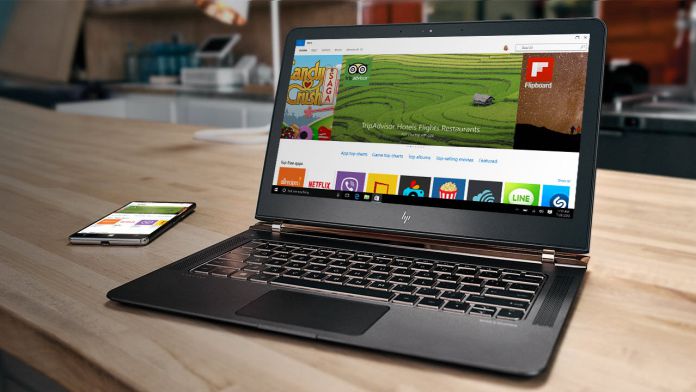This has some implications for users and Windows 10 as a platform. Firstly, it is the first time the service has been available for Windows 10 users. This is important because the platform has often (correctly) been accused of lacking important and popular applications. With more big-name developers on the store, it is more likely that others will follow suit. The addition of Spotify could also make the store more appealing to users. On the flip side, bringing the biggest music streaming name to the Windows Store could impact Microsoft’s own Groove service. The company has been building up Groove features over the last year. However, it still slips behind Spotify, which is comfortably ahead in terms of subscribers. With an alternative to Groove now on the store, perhaps Microsoft’s streaming service will find it harder to attract users.
Spotify on Windows 10
It is worth mentioning that this is not a Universal Windows Platform (UWP) application. The universal platform allows developers to create one app that can work across Windows 10 devices, including mobile. The Spotify app is a Win32 application that has been ported through Project Centennial to the Windows Store. Centennial allows dev’s to bring their older apps to the modern code of the Windows Store. For Spotify, this means the service has been adapted to be compatible with Live Tiles, Seamless Updates, and notifications. Under the hood, this is essentially the Windows Phone app that was taken out of support last year.




